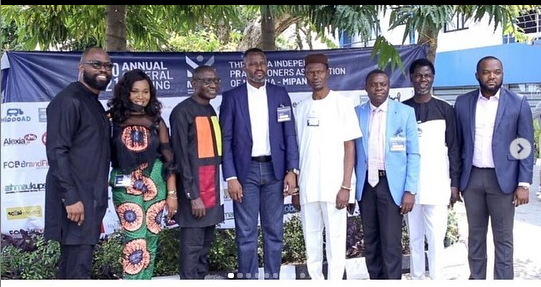WARC report recently has warned brands against decline in quality, emphasises consistency, emotional resonance.
It highlighted the urgent need for marketers to align brand promises with real-world experiences and to prioritise long-term creative impact over short-term gains.
WARC, the global authority on marketing effectiveness, has released its latest report, Creative Impact Unpacked.
It captures the most influential themes and learnings from the Creative Impact stream at Cannes Lions 2025.
Creative Impact Unpacked serves as a strategic roadmap that guides marketers to deliver enduring impact amid accelerating change.
It urges them to move away from tactical noise and commit to long-term creativity, deeper emotional engagement, and organisational alignment.
As Tiltman concluded, marketers succeed in this environment not by chasing novelty but by mastering consistency in execution and meaning.
The findings illuminate how marketers can sustain long-term effectiveness in an increasingly fragmented, creator-led, and quality-challenged media landscape.
Also Read:WARC global ad forecast Q2 2025: Sector growth slows as trade tensions loom
The report centered on a major concern: brands have increasingly deteriorated the customer experience across products and services.
This is a trend it labels “enshittification.” Internal siloes, cost-cutting, and misaligned incentives often cause this erosion of quality.
However, it added that this poses a critical threat to brand credibility.
As an antidote, the report advocates for “unshittification,” where brands align marketing promises with real-world customer experience and consistently meet brand expectations.
Also Read:First judges named for The WARC Awards Middle East & Africa 2025
Futuristically, the report urges marketers to embed emotional design into service delivery. It underscores how brands should tell stories through every customer touchpoint, both digital and physical.
It cited notable examples like Sephora’s immersive sampling model and Mercado Libre’s emotionally charged package delivery, which build a new brand promise centred around anticipation and trust.
The concept of consistency emerges as a dominant theme.
David Tiltman, Chief Content Officer at WARC and SVP of Content for LIONS Intelligence, stressed that although consistency remains a proven route to impact, brands now find it harder to achieve.
He points to growing pressure from fragmented media, organisational siloes, and decentralised creative production.
Despite these challenges, Tiltman noted that brands can still integrate their messaging by developing a clear expression system and applying it flexibly across formats and platforms.
Also Read:WARC Awards announces 2025 Grand Prix winners
The report shows that brands now move away from strict, rigid brand guidelines and shift toward more adaptive brand ecosystems.
Leaders from McDonald’s and Desperados explain how they evolved from a “matching luggage” model to “brand universes” that maintain core brand codes while embracing cultural nuance and experimentation.
Desperados, in particular, grants creators structured freedom to develop content that remains true to the brand’s essence while resonating with diverse audiences.
Also Read:WARC releases its Creative 100 Rankings for 2025
One key insight reveals that many brands continue to engage in short-term thinking because they rely too heavily on narrow performance metrics like channel-level return on ad spend.
Laura Jones, Chief Marketing Officer at Instacart, advocates for portfolio-based measurement to help brands shift focus toward upper-funnel brand growth.
Also Read:WARC Awards 2025 Middle East, Africa announces winners
Meanwhile, the research further repositions creative effectiveness as a business risk mitigation strategy.
Karen Crum of EY Parthenon recommends that companies treat strong brand investment as a buffer during crises.
She cites data linking brand strength with faster recovery and improved financial performance.
Supporting this, Amplified Intelligence’s research found that poor creative in low-quality media environments leads to significant value loss, amounting to $198 billion in wasted investment globally.
In other words, the report critiques outdated, process-heavy marketing strategies and urges marketers to balance proven methods with calculated risk-taking.
Also Read:Cannes Lions in Feel Like One
It points to Duolingo’s approach—allocating 30 percent of its marketing budget to experimentation while maintaining brand consistency through distinctive assets—as a model of creative resilience.
Finally, the report explores how creators increasingly shape the marketing ecosystem. While creator collaborations can drive commercial results, the report warns that many campaigns fail to tie back to the brand’s core identity, which limits their effectiveness.
See Also: Omotola Bamigbaiye-Elatuyi on 3 key lessons in the FMCG space







Comment
No comments found.